The Connection Between Stress and Procrastination
Introduction
Have you ever felt so overwhelmed by a task that you kept putting it off, only to feel even more stressed later? If so, you’re not alone. The connection between stress and procrastination is a vicious cycle: stress makes us delay tasks, and procrastination increases our stress levels. It’s a frustrating loop that can affect productivity, mental well-being, and even self-esteem.
Table of Contents
ToggleBut here’s the good news: You can break free! In this article, we’ll explore why stress fuels procrastination, real-life examples of how this cycle plays out, and actionable strategies to tackle procrastination, stop procrastination, and manage procrastination effectively.
Why Stress Leads to Procrastination
At its core, procrastination is not just about laziness or poor time management—it’s an emotional response. When we feel stressed, our brain sees the task as a threat, triggering a fight-or-flight response. Instead of facing the discomfort, we choose temporary relief by avoiding the task, which only worsens our stress in the long run.
Psychological Reasons Behind This Cycle
- Fear of Failure
- High expectations or self-doubt can make a task feel overwhelming, leading to avoidance.
- Decision Paralysis
- Too many choices or unclear priorities create stress, making it difficult to start.
- Perfectionism
- The fear of not doing a task “perfectly” causes delays and unnecessary revisions.
- Low Energy and Burnout
- Chronic stress drains energy, making even simple tasks feel exhausting.
A Real-Life Example of Stress-Induced Procrastination
Meet Raj, a Corporate Employee Struggling with Procrastination
Raj is a 32-year-old marketing executive. His boss assigns him a major report due in two weeks. At first, Raj feels confident, but soon, self-doubt creeps in:
❌ “What if my analysis isn’t good enough?”
❌ “What if my boss criticizes my work?”
❌ “I’ll start tomorrow when I’m in a better mood.”
Each day, Raj finds excuses—watching Netflix, scrolling through social media, cleaning his desk—anything but the report. As the deadline approaches, stress builds up, and panic sets in. The night before submission, he pulls an all-nighter, finishing the report in a rush. The result? A subpar report, extreme exhaustion, and a vow to “never procrastinate again”—until the cycle repeats.
Can you relate? If so, don’t worry. Let’s dive into how to manage procrastination and beat procrastination effectively.
How to Tackle Procrastination and Stop the Stress-Procrastination Cycle
Breaking the cycle requires addressing both stress and procrastination. Here are some science-backed strategies:
1. Reframe Stress as a Challenge, Not a Threat
Instead of thinking, “I have to do this perfectly,” try “This is an opportunity to improve.” When we see tasks as learning experiences rather than potential failures, our stress levels decrease, making it easier to stop procrastination.
2. Break Down Large Tasks
Overwhelmed by a big project? Divide it into small, manageable steps. If Raj had started by simply outlining the report, he wouldn’t have felt so intimidated. Completing smaller tasks builds momentum and helps manage procrastination.
Example: Instead of saying, “I need to write a 10-page report,” say, “Today, I’ll just write the introduction.”
3. Use the “5-Minute Rule”
Tell yourself, “I’ll work on this task for just 5 minutes.” This tricks your brain into starting, and once you begin, you’ll likely continue. This simple trick is one of the easiest ways to tackle procrastination.
4. Set Specific Deadlines for Each Step
Vague goals lead to delays. Instead of saying, “I’ll finish it soon,” set specific deadlines:
✅ “I will finish research by Monday.”
✅ “I will write the first draft by Thursday.”
Having structured timelines keeps stress under control and helps you beat procrastination.
5. Practice Mindfulness and Deep Breathing
When stress triggers procrastination, pause and take deep breaths. Mindfulness helps regulate emotions, making it easier to manage procrastination without feeling overwhelmed.
Quick Exercise:
- Close your eyes.
- Inhale for 4 seconds, hold for 4 seconds, and exhale for 6 seconds.
- Repeat for 2 minutes to regain focus.
6. Reward Yourself for Small Wins
Motivation increases when there’s a reward at the end. Celebrate small achievements to keep yourself motivated.
Example:
- Complete an outline → Treat yourself to a cup of coffee.
- Finish a difficult section → Watch an episode of your favorite show.
These mini-rewards train your brain to enjoy productivity, making it easier to stop procrastination.
7. Remove Distractions and Create a Work-Friendly Environment
- Put your phone on silent or use apps like Forest to stay focused.
- Work in a quiet place with minimal interruptions.
- Use noise-canceling headphones if needed.
By creating a distraction-free zone, you can tackle procrastination with ease.
How to Stop Procrastination for Good: A Long-Term Strategy
If you struggle with chronic procrastination, here are long-term solutions:
✅ Keep a Procrastination Journal – Write down when and why you procrastinate. Patterns will emerge, helping you address triggers.
✅ Use the “Two-Minute Rule” – If a task takes less than two minutes, do it immediately.
✅ Adopt a Growth Mindset – Accept that mistakes are part of progress. Done is better than perfect!
✅ Seek Accountability – Share your goals with a friend or mentor who can keep you on track.
✅ Prioritize Self-Care – Poor sleep, lack of exercise, and an unhealthy diet worsen stress, making procrastination more likely. Take care of yourself!
Final Thoughts: Beat Procrastination and Take Control
The connection between stress and procrastination is real, but you don’t have to be stuck in this cycle forever. By using the strategies above, you can manage procrastination, stop procrastination, and tackle procrastination effectively.
Now, take action! What’s one task you’ve been putting off? Apply these techniques today and start your journey toward a stress-free, more productive life.
🚀 You’ve got this! 🚀
“Stop postponing your dreams! From Delay to Done is your ultimate guide to conquering procrastination. Grab your copy today on Amazon!
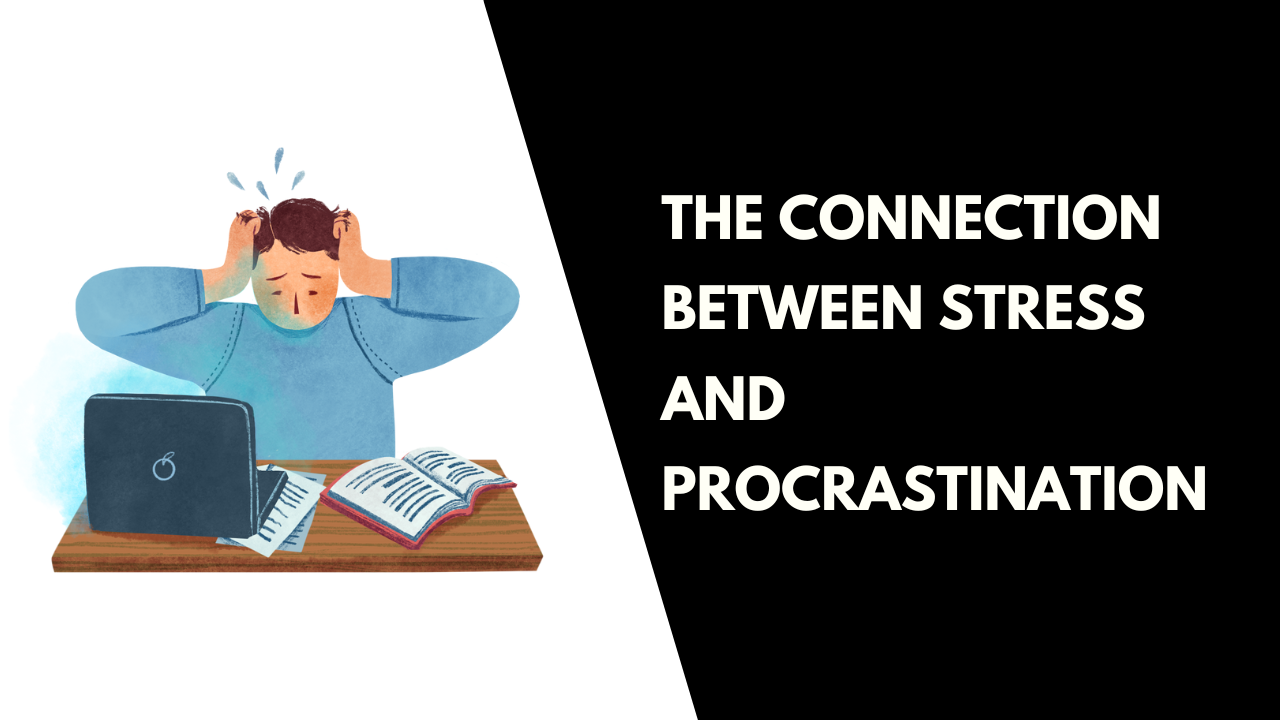
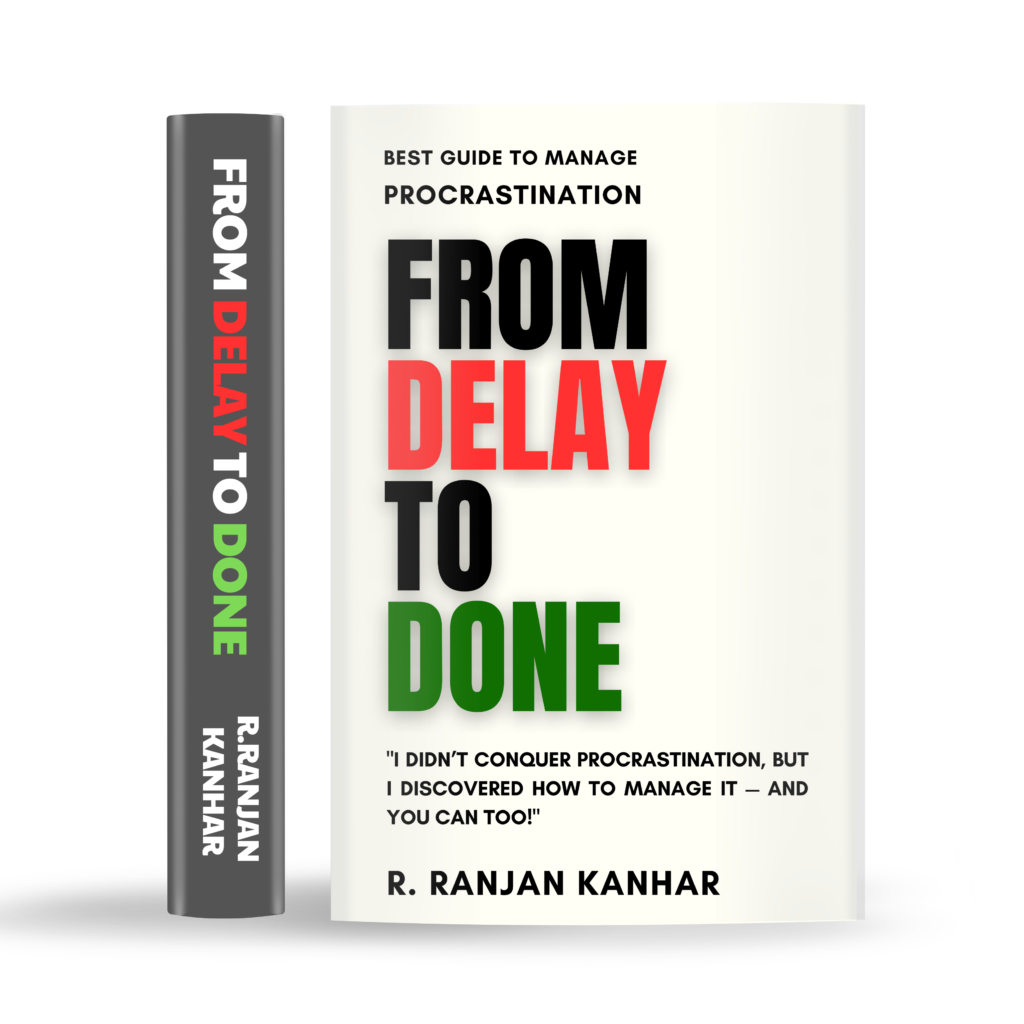
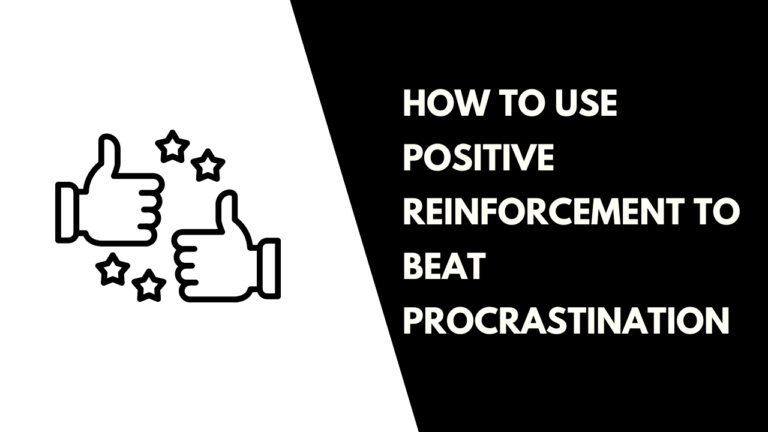
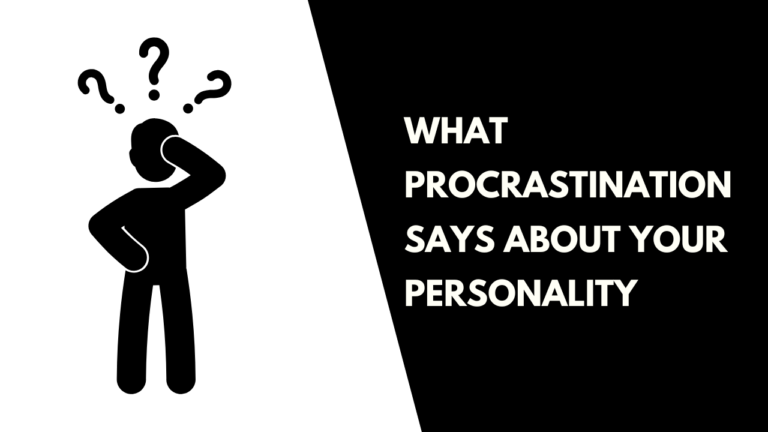

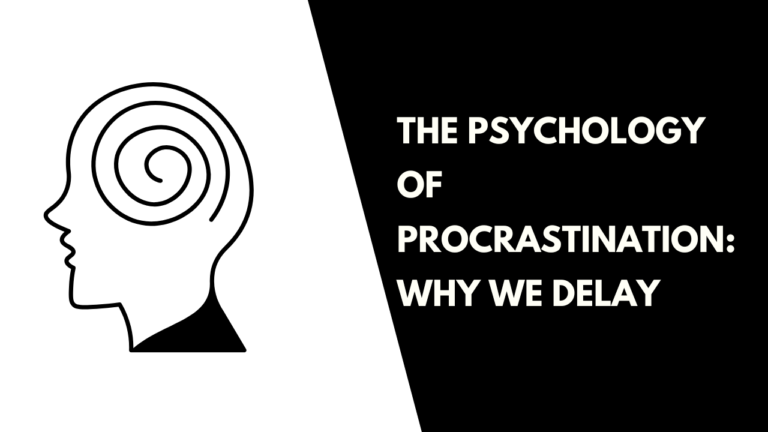
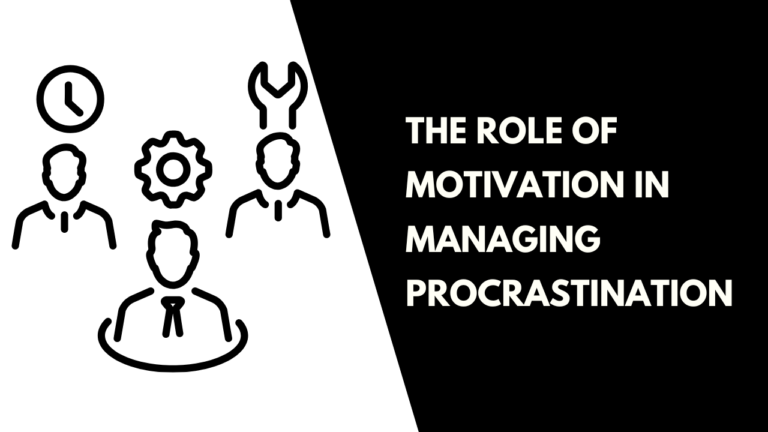
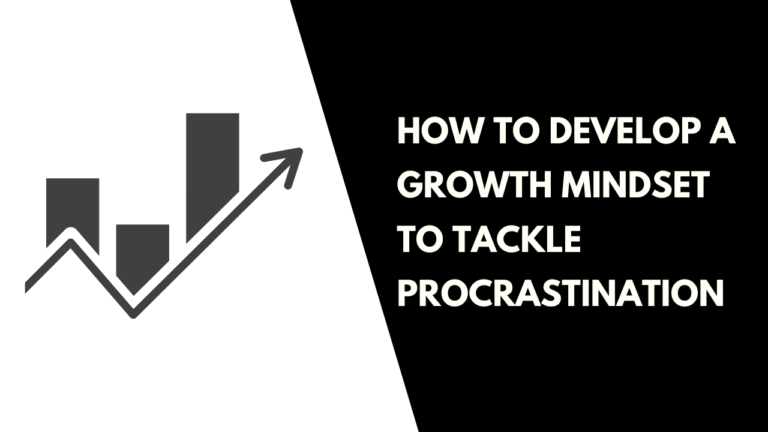
Hi Rrkanhar,
Let’s face it—most marketing strategies today are ineffective, leaving business owners frustrated and wondering where all their money went.
Here’s the truth: Traditional marketing doesn’t work anymore. It’s about time to shift to direct-response marketing, the proven strategy that generates results in the real world.
Dan Kennedy, one of the leading marketing experts, swears by direct-response marketing, and his strategies have helped thousands of business owners grow their brands.
Let me show you how to apply it to your business.
Step 1: Know Your Target Audience
Targeting everyone is a huge mistake. You must define your ideal customer. Direct-response marketing requires you to speak directly to a specific group of people.
Example 1:
Target Audience: Busy professionals
Offer: “Quick and effective workout plans for busy professionals.”
This specific focus allows businesses to craft marketing messages that truly resonate.
Example 2:
Target Audience: Aspiring entrepreneurs
Offer: “The ultimate guide to start your e-commerce store in 30 days—no prior experience required.”
This appeals directly to the desires of this niche, making the marketing message much stronger.
Step 2: Clear and Compelling Offer
A great product is only as good as the offer. The offer should solve a problem and make it impossible for your ideal customer to say no.
Example 1:
A fitness coach offered: “Sign up for my program today and receive a free 1-hour coaching session, valued at $300.” This added value made the offer irresistible.
Example 2:
An e-commerce store offered: “Free shipping on all orders over $50, plus a free product with every purchase.” The free bonus added to the deal makes it more attractive.
Step 3: Track Everything
If you’re not measuring, you’re guessing. The most successful marketers track their results religiously.
Example 1:
A car dealership tested their email campaigns and found that subject lines with specific car models drove a 25% higher open rate than generic ones.
Example 2:
A SaaS company split their traffic between two landing pages: one with a video and one with text. The video version converted 40% more visitors into paying customers.
Your Action Step:
Start tracking your marketing results—whether it’s email opens, clicks, or conversions. If you don’t track, you can’t improve.
Tomorrow, we’ll dive into crafting irresistible offers and how to create something your customers can’t say no to.
To your success,
Kevin
Who is Dan Kennedy?
https://books.forbes.com/authors/dan-kennedy/
Unsubscribe:
https://marketersmentor.com/unsubscribe.php?d=rrkanhar.com
Hello,
We are currently seeking companies like yours for a potential long-term partnership. Could you kindly share your product offerings along with pricing details? Please contact me on WhatsApp:+48 883 859 091
Hey,
Ever feel like no matter how hard you try, success always seems just out of reach?
Maybe you’ve set big goals—starting a business, improving your health, or hitting a financial milestone—only to lose momentum. It’s frustrating, right?
Here’s the thing: It’s not your fault.
Most people don’t fail because they lack motivation. They fail because they don’t have a proven system to follow.
What if I told you there’s a step-by-step process designed to help you finally break free and start achieving your biggest goals—without the guesswork?
Click here to discover how it works: https://marketersmentor.com/formula-for-success.php?refer=rrkanhar.com&real=yes
Talk soon,
Georgina
Unsubscribe:
https://marketersmentor.com/unsubscribe.php?d=rrkanhar.com&real=yes
Dan Kennedy often uses a simple analogy to illustrate a common marketing mistake:
Imagine walking into a store and being swarmed by a salesperson who starts pitching everything they sell—refrigerators, running shoes, blenders—without once asking what you’re actually looking for. It’s frustrating, ineffective… and exactly what most businesses do in their marketing.
Instead of speaking directly to prospects’ specific needs or concerns, most businesses blast the same generic message to everyone. And according to Dan, that’s a surefire way to water down your impact—and your profits.
He points to Weight Watchers as a prime example.
They serve two distinct types of customers:
Health Buyers – motivated by medical reasons, like a doctor’s orders or an upcoming surgery.
Event-Driven Buyers – focused on short-term goals, like fitting into a dress for a wedding or looking good for a vacation.
These two audiences have completely different motivations. One wants to avoid a health crisis. The other wants to feel confident on the beach. But for years, Weight Watchers hesitated to segment their leads and tailor their message accordingly—despite the fact that segmentation could’ve easily doubled their effectiveness.
And this issue isn’t limited to weight loss companies.
At Magnetic Marketing, Dan Kennedy and his team have identified seven distinct interest categories among their audience—from wealth attraction to direct marketing and beyond. If they tried to send one message to all seven groups, they’d fail to deeply connect with any of them.
Dan compares this to politics: voters often care about one primary issue. Your leads are no different. Some are driven by fear. Others by ambition. And others by a very specific short-term goal.
Consider three different prospects in the finance space:
One fears running out of money in retirement.
Another wants to protect wealth for their grandchildren.
A third wants to maximize investment returns.
A single message trying to appeal to all three ends up resonating with none of them.
That’s why segmentation is so powerful—and profitable.
By tailoring messages to meet prospects where they are mentally and emotionally, businesses instantly build trust, create relevance, and position themselves as the only solution that truly gets the customer.
Dan outlines a simple framework for doing this:
1.Use a Self-Select Mechanism
Ask your audience questions like:
“Are you looking to grow your wealth?”
“Do you want to protect your assets for your family?”
2.Tailor the Follow-Up
Once they identify their concern, follow up with stories, testimonials, and offers that directly address it.
3.Watch Response Rates Soar
A personalized message turns cold leads into warm conversations—and buyers.
Dan stresses this strategy works in every industry. He’s seen it boost performance in colleges, financial firms, info-product businesses, and even local service providers.
Take colleges, for example. A dad wants to know his kid will get a job after graduation. A mom wants safety and solid food options. The student just wants to know they’ll make friends. Smart schools speak directly to each one—and enrollment improves dramatically.
If segmentation sounds like a mystery to you, Dan lays it all out in plain English in The No B.S. Guide to Direct Marketing. In it, he reveals:
The art of message-to-market match—how to say the right thing to the right people.
How to build self-select mechanisms that get prospects to reveal what they want—without a survey.
His exact process for creating segmented campaigns that maximize every dollar spent.
Click Here to Claim Your FREE Copy of The No B.S. Guide to Direct Marketing + $6,193 in Exclusive Bonuses
https://marketersmentor.com/direct-marketing-book.php?refer=rrkanhar.com&real=yes
Dan Kennedy has watched businesses transform overnight simply by getting smarter with how they segment and speak to their audience.
Don’t waste another marketing dollar talking to everyone. Start speaking to someone—the right someone—and watch your results soar.
Dedicated to Multiplying Your Income,
Junko
P.S. Dan always reminds his clients:
Whoever can spend the most to acquire a customer—wins.Segmentation helps you do just that… profitably.
Unsubscribe:
https://marketersmentor.com/unsubscribe.php?d=rrkanhar.com&real=yes